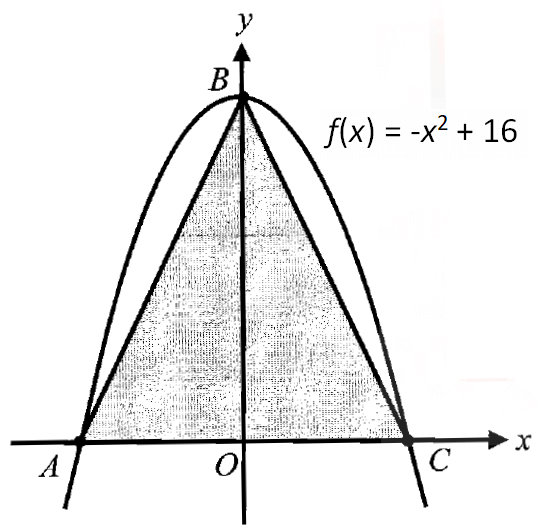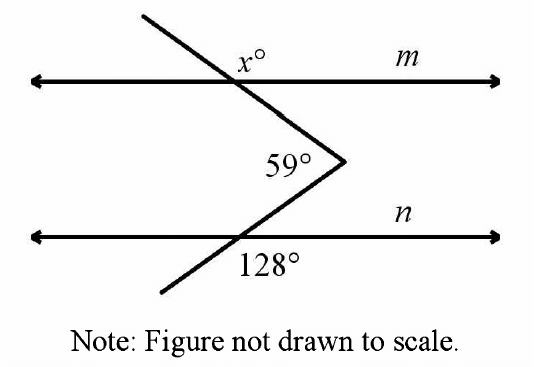HORIZONTAL STRETCH AND COMPRESSION
How to Do Horizontal Stretch in a Function
Let f(x) be a function.
Let g(x) be a function which represents f(x) after an horizontal stretch by a factor of k.
where, k > 1.
In the function f(x), to do horizontal stretch by a factor of k, at every where of the function, x co-ordinate has to be multiplied by k.
The graph of g(x) can be obtained by stretching the graph of f(x) horizontally by the factor k.
Note :
Point on the original curve : (x, y)
Point on the curve after it is horizontally stretched by the factor of k :
(kx, y)
How to Do Horizontal Compression in a Function
Let f(x) be a function.
Let g(x) be a function which represents f(x) after a horizontal compression by a factor of k.
where k > 1.
In the function f(x), to do horizontal compression by a factor of k, at every where of the function, x co-ordinate has to be multiplied by 1/k.
The graph of g(x) can be obtained by compressing the graph of f(x) horizontally by the factor k.
Note :
Point on the original curve : (x, y)
Point on the curve after it is vertically compressed by the factor of k :
((1/k)x, y)
Example 1 :
Perform a horizontal stretch by a factor 2 to the function
f(x) = (x - 1)2
And
also write the formula that gives the requested transformation and draw
the graph of both the given function and the transformed function
Answer :
Step 1 :
Let g(x) be a function which represents f(x) after the horizontal stretch by a factor of 2.
Since we do horizontal stretch by the factor 2, we have to replace x by (1/2)x in f(x) to get g(x).
Step 2 :
So, the formula that gives the requested transformation is
g(x) = f[(1/2)x]
g(x) = [(1/2)x - 1]2
Step 3 :
The graph g(x) = [(1/2)x - 1]2 can be obtained by stretching the graph of the function f(x) = (x - 1)2 vertically by the factor 2.
(x, y) -----> (2x, y)
Step 4 :
Table of values :
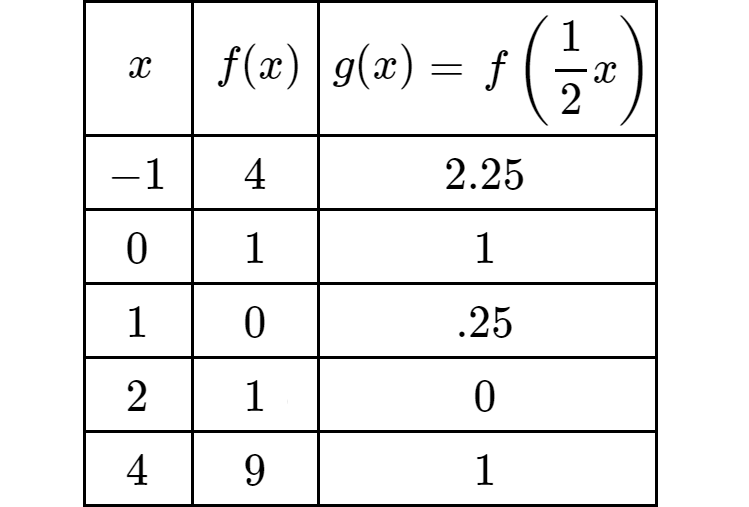
Step 5 :
Graphs of f(x) and g(x) :
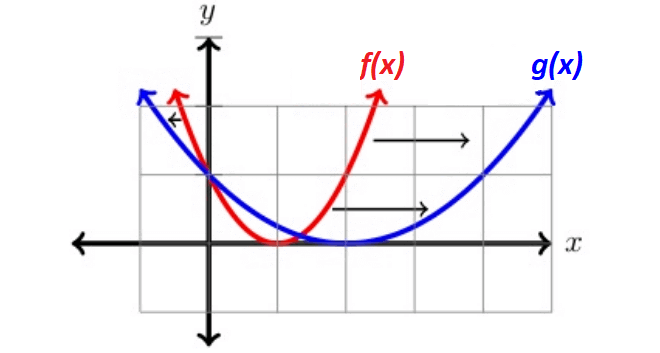
Example 2 :
Perform an horizontal compression by a factor 2 to the function
f(x) = (x - 1)2
And also write the formula that gives the requested transformation and draw the graph of both the given function and the transformed function
Answer :
Step 1 :
Let g(x) be a function which represents f(x) after the vertical compression by a factor of 2.
Since we do vertical compression by the factor 2, we have to replace x by 2x in f(x) to get g(x).
Step 2 :
So, the formula that gives the requested transformation is
g(x) = f(2x)
g(x) = (2x - 1)2
Step 3 :
The graph g(x) = (2x - 1)2 can be obtained by compressing the graph of the function f(x) = (x - 1)2 vertically by the factor 2.
(x, y) -----> ((1/2)x, y)
Step 4 :
Table of values :
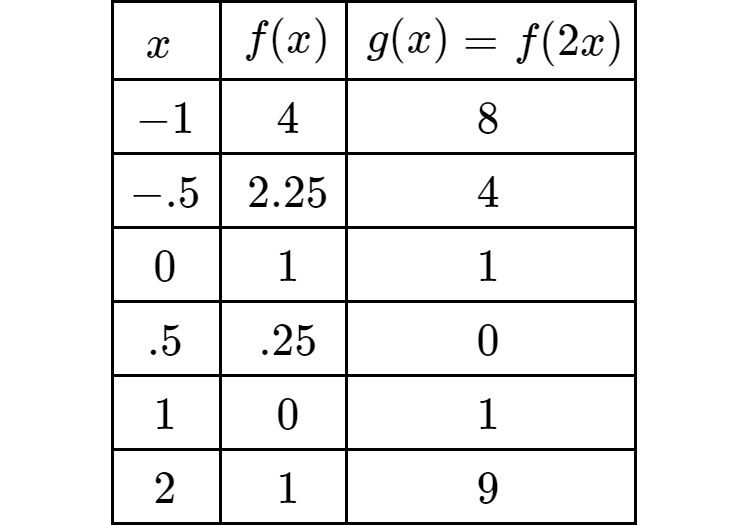
Step 5 :
Graphs of f(x) and g(x) :
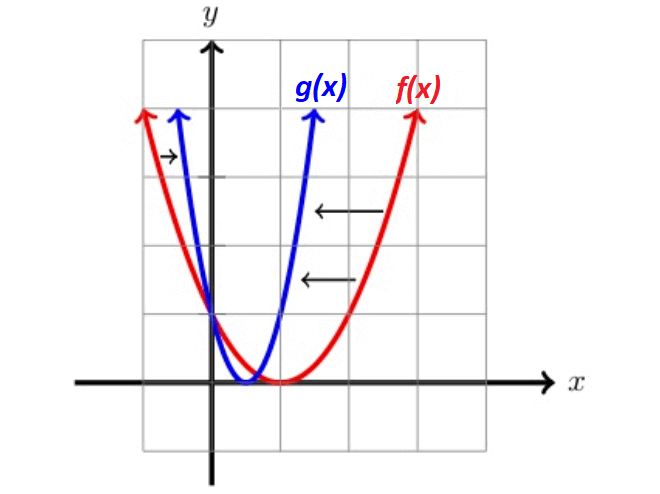
Kindly mail your feedback to v4formath@gmail.com
We always appreciate your feedback.
©All rights reserved. onlinemath4all.com
Recent Articles
-
Digital SAT Math Problems and Solutions (Part - 143)
Apr 13, 25 12:01 PM
Digital SAT Math Problems and Solutions (Part - 143) -
Quadratic Equation Problems with Solutions
Apr 12, 25 08:21 PM
Quadratic Equation Problems with Solutions -
Digital SAT Math Problems and Solutions (Part - 142)
Apr 11, 25 06:26 PM
Digital SAT Math Problems and Solutions (Part - 142)
